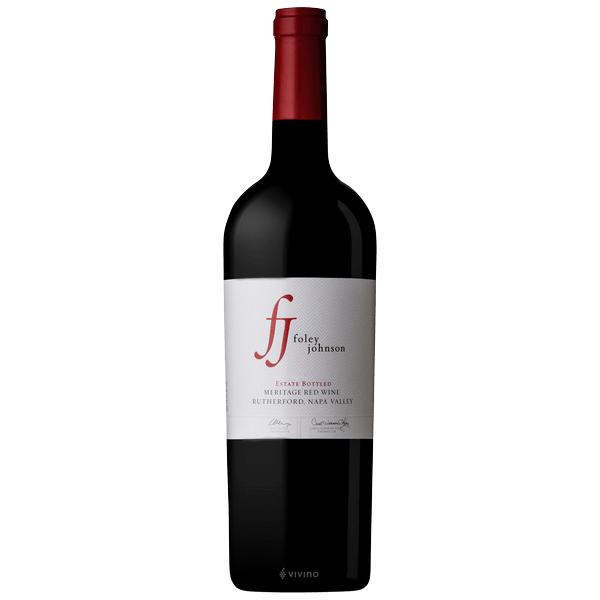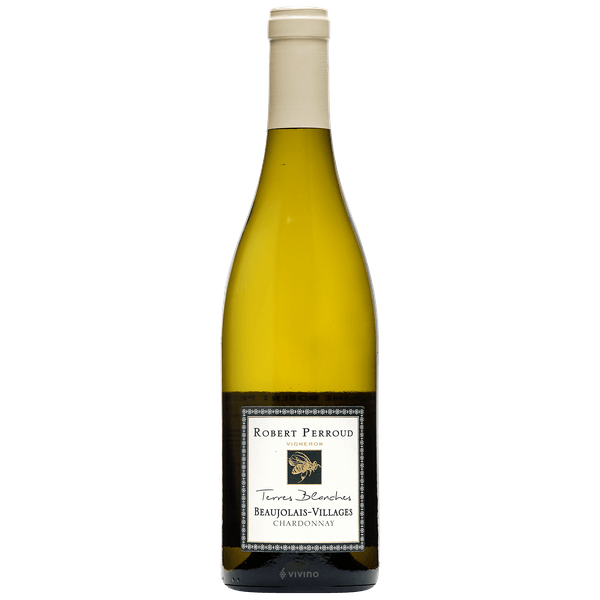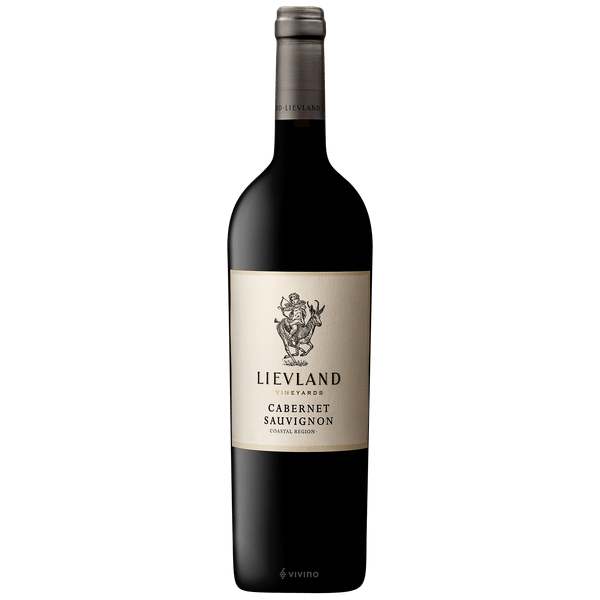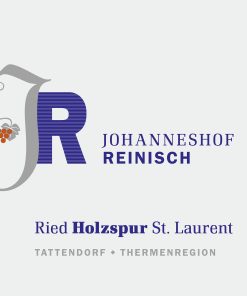-
×
 Spottswoode Estate Grown Cabernet Sauvignon 2021
1 × $274.99
Spottswoode Estate Grown Cabernet Sauvignon 2021
1 × $274.99
2018 Foley Johnson Wines Meritage Red Wine Estate Bottled Rutherford
$43.99
Out of stock
2018 Foley Johnson Wines Meritage Red Wine Estate Bottled Rutherford
2018 Foley Johnson Wines Meritage Red Wine Estate Bottled Rutherford The 2018 Estate Meritage is a 100% estate blend predominately consisting of Merlot (42%), Cabernet Sauvignon (40%), Petit Verdot (13%) and a small amount of Cabernet Franc (5%). Dark ruby in the glass, it exhibits aromas of black currant, cassis and a hint of smoky tobacco. Notes of black cherry, plum, vanilla and mocha are present on the medium-bodied palate.
Foley Johnson
For years, Bill Foley and his wife, Carol Johnson Foley, had dreamt of opening a winery bearing their name in Napa Valley. They both enjoyed the grandeur of Napa’s scenery and the rhythm of its lifestyle, and, more importantly, the couple loved the opulence and complexity of Napa’s wines. With the launch of Foley Johnson in 2012, the Foleys have created a world-class winery with premier vineyards and a historic tasting room right in the heart of America’s preeminent winegrowing region.
Located along Highway 29 in the prestigious Rutherford AVA, Foley Johnson exemplifies the understated elegance and casual warmth of the Valley. The winery produces two tiers of wines: Napa Valley and Handmade. The Napa Valley tier focuses on Bordeaux varieties from the nearly 50 acres of estate vineyards around the winery in Rutherford. The Handmade tier features special small-lot bottlings from some of the renowned winemakers in the Foley Family Wines group of wineries including Dave Lattin of Kuleto, Leslie Renaud of Lincourt, Paul Warson of Firestone, Mark Lyon of Sebastiani and Lisa Bishop Forbes of Chalk Hill.
Red wine
Red wine has been prevalent since prehistory (the period before written records) as winemaking originated and spread throughout the world. In this case, “red blend” refers to any red wine that contains more than one red grape variety in the final product, though certain red blends can have their own designation as varietal wines despite comprising multiple grapes.
For much of the history of European wine, red blends were in fact more common than single varietals, as winemaking was typically region-centric and featured grapes consolidated from vineyards across a given area. One famous example of this practice is the Bordeaux blend, which originated in the 18th or 19th century and usually comprises Cabernet Sauvignon, Merlot and Cabernet Franc.
Though prominent red blends such as Bordeaux still remain popular, many red blends have been associated with lower quality due to the assumption that the term indicates cheaper table wines. However, many high-quality wine producers still elect to produce red blends, and these wines can in fact offer many unique and delicious flavors due to the winery’s ability to custom design the profile of their product.
Related products
$147.00
2019 Domaine des Lambrays Morey-Saint-Denis 2019 Domaine des Lambrays Morey-Saint-Denis, Nice red ruby color. The nose is expressive and intense: a lot of fruit such as raspberries, cherries, blackberries and blueberries all mixed together. The palate is juicy, full, and crispy, with a lovely fresh mineral character at the end. Thin-skinned, finicky and temperamental, Pinot [...]
$76.99
Red Wine from Niederosterreich, Austria
 Spottswoode Estate Grown Cabernet Sauvignon 2021
Spottswoode Estate Grown Cabernet Sauvignon 2021 



